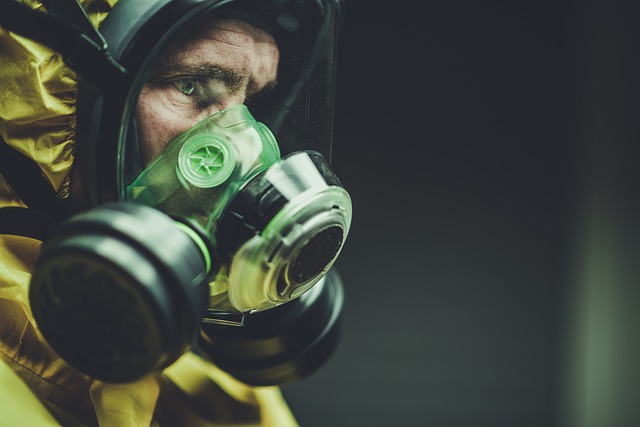Exploring Industrial Cleaning Roles: Skills and Safety Practices
Industrial cleaning focuses on large-scale facilities, machinery, and specialized environments where safety and precision are essential. This article reviews the typical responsibilities of industrial cleaning roles, the tools used, and the practices that support compliance and efficiency.

Industrial cleaning encompasses specialized maintenance of manufacturing facilities, chemical plants, hospitals, and other complex environments. Unlike routine commercial cleaning, industrial cleaning professionals handle hazardous materials, operate sophisticated equipment, and follow stringent safety regulations. These roles demand technical knowledge, physical stamina, and meticulous attention to safety protocols.
What Tasks Are Performed in Industrial Cleaning Roles?
Industrial cleaning professionals perform diverse tasks depending on their work environment. In manufacturing facilities, they remove chemical residues, clean production equipment, and maintain sterile conditions. Healthcare settings require disinfection of medical equipment, biohazard waste management, and contamination control. Food processing plants need deep sanitization to prevent contamination and ensure compliance with health regulations.
Specialized tasks include confined space cleaning, high-pressure washing of industrial equipment, and removal of hazardous substances. Workers may clean storage tanks, ductwork, and ventilation systems. Some positions involve emergency response cleaning after chemical spills or accidents. Documentation and reporting are essential components, as workers must maintain detailed records of cleaning procedures and safety compliance.
What Tools and Methods Are Used in Industrial Cleaning Settings?
Industrial cleaning relies on advanced equipment and specialized techniques. High-pressure washers, steam cleaners, and industrial vacuum systems handle heavy-duty cleaning tasks. Chemical applicators and foaming equipment ensure proper distribution of cleaning agents. Specialized tools include confined space entry equipment, scaffolding systems, and robotic cleaning devices for hazardous environments.
Cleaning methods vary by industry and contamination type. Abrasive blasting removes stubborn residues from metal surfaces. Ultrasonic cleaning effectively cleans intricate equipment parts. Chemical cleaning processes dissolve specific contaminants using targeted solvents. Dry ice blasting provides environmentally friendly cleaning without chemical residues. Steam cleaning offers sanitization without harsh chemicals, particularly valuable in food processing and healthcare facilities.
What Safety Practices Are Essential for Industrial Cleaning Work?
Safety protocols form the foundation of industrial cleaning operations. Personal protective equipment requirements include respirators, chemical-resistant suits, safety goggles, and specialized gloves. Workers must understand hazard communication systems, including safety data sheets and chemical labeling requirements. Proper ventilation procedures prevent exposure to toxic fumes and ensure adequate air quality.
Lockout/tagout procedures prevent accidental equipment activation during cleaning operations. Confined space entry protocols require atmospheric monitoring, rescue procedures, and communication systems. Emergency response training covers chemical spills, exposure incidents, and equipment failures. Regular safety training updates ensure workers stay current with evolving regulations and best practices. Documentation of safety procedures and incident reporting maintains compliance with occupational safety standards.
Industrial cleaning careers offer opportunities for specialized skill development and career advancement. Entry-level positions typically provide on-the-job training, while experienced workers may pursue supervisory roles or specialized certifications. The field continues evolving with new technologies, environmental regulations, and industry standards, creating ongoing learning opportunities for dedicated professionals.




